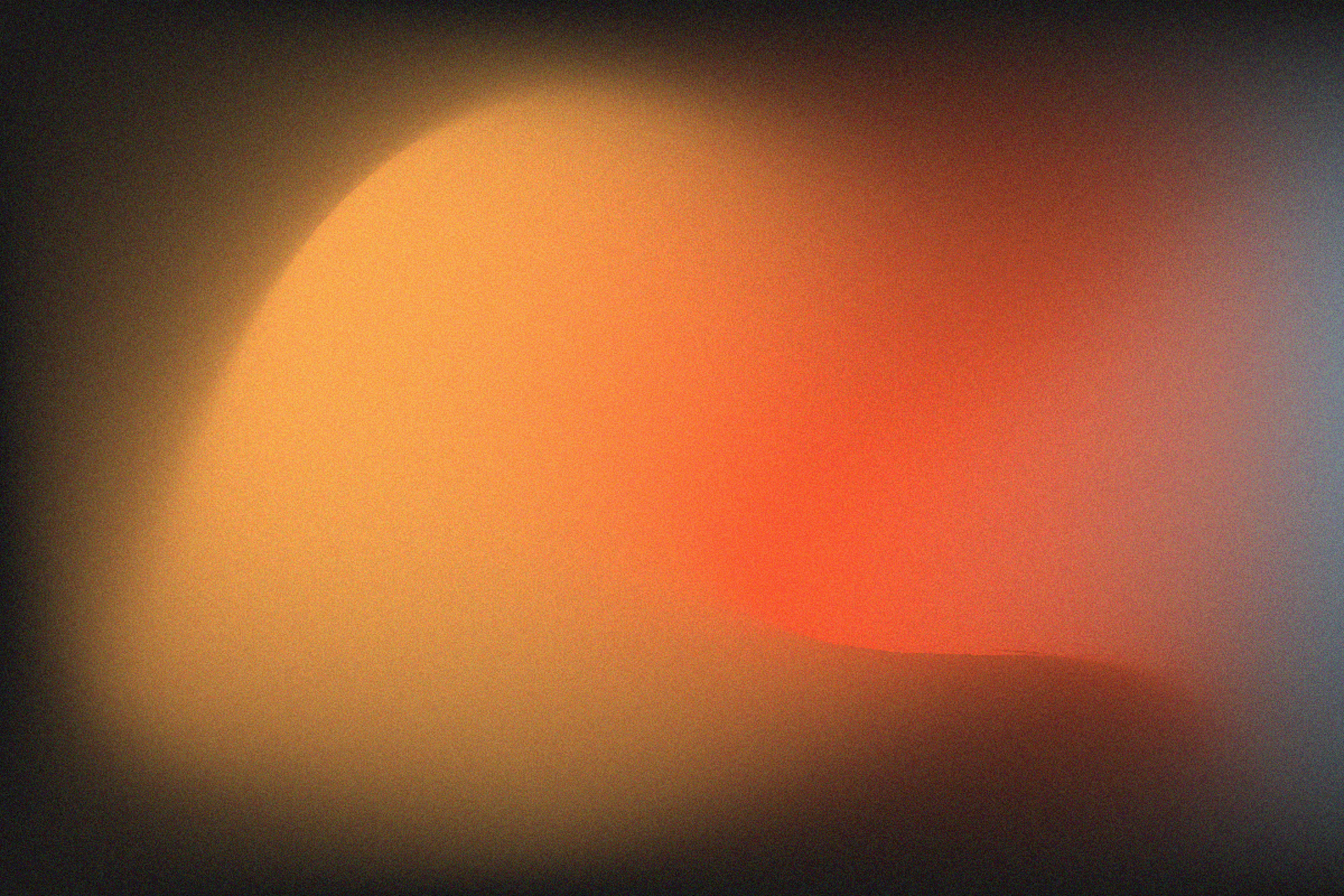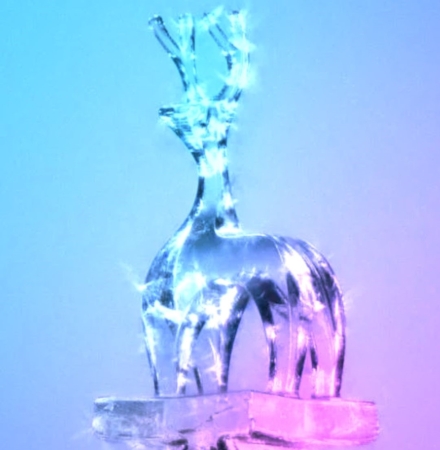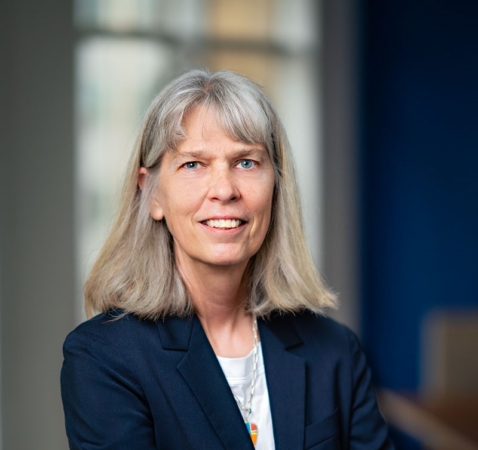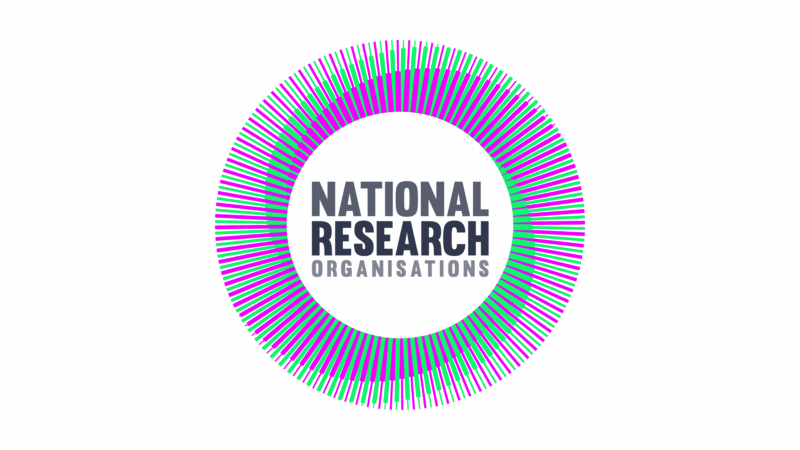Professor Malcolm McMahon
William Penney Fellow
Our William Penney Fellows are appointed eminent academics working on areas of research of interest to AWE’s mission, and they operate from a number of universities with which we partner. The William Penney Fellows are ambassadors for AWE’s work in STEM – and are leaders in their respective fields.
This latest profile of a William Penney Fellow is Malcolm McMahon, Professor of High Pressure Physics at Edinburgh University’s School of Physics and Astronomy. Professor McMahon’s research interest is in the behaviour of materials at extremes of pressure and temperature – read on to discover more about his prominent work and scientific contribution.
What inspired you to do science?
I remember the Apollo lunar missions from my early childhood and, as a result, wanted to be an astronaut. I once tried (unsuccessfully!) to convert a chicken coop at a friend’s house into a moon lander. My father was a television engineer in the days when one fixed broken TVs rather than simply replacing them with a larger one. He taught me how to read circuit diagrams and explained how valves and other TV components worked.
Describe what it’s like to be a William Penney Fellow
I feel very privileged to be a WPF and greatly enjoy working with the excellent scientists at AWE on research problems of mutual interest. I was an undergraduate at the height of the 1980s Cold War and, as a result, have always been interested in defence issues and the UK’s nuclear deterrent. Being a WPF gives me better insight into the UK nuclear deterrent programme.
What fields of study are you working on and how do they support AWE’s mission and national skills?
My research interests are in the behaviour of metals and other materials at extreme pressures. We study how their compressibilites, strength, and crystal structure change with pressure, and then work with our computational colleagues to understand why we see what we do. AWE is interested in the same phenomena, and so the understanding we gain from our own research is applicable to AWE’s needs.
How do you think your research will make a difference to AWE, the wider society and the economy?
I like to think that the work I do, along with the research students I train, will provide AWE with the means to tackle scientific problems of importance to them. While my graduating students have a specific set of skills, their all-round training makes them employable across a wide range of UK industry.
During your career, have you been mentored, coached or supported by someone?
My long-time mentor has been Professor Richard Nelmes FRS, whom I first met when I did an undergraduate crystallography project with him some 35 years ago. I then did my PhD under his supervision before working for him as a postdoc in the early 1990s. He taught me how to “do” science. We continued to work together after I got my own faculty position in Edinburgh in 1998, up until his retirement in 2010.
We still exchange regular emails on science (and gossip!) of mutual interest and catch up on the phone every couple of months.
Tell us what a typical day is like for you
I get up at 06:15 to catch up on emails and the news and then wake the rest of the family at 07:00. I have several Google alerts set to identify new research papers of interest, so use early morning to catch up on those. Once in the office I divide my day into four, before timetabling and tackling the things I must do that day – teaching, admin, meetings, calls etc. I then try and catch up with the postdocs and students, to see how projects are progressing. I try to finish the day looking at some research data, or by writing a paper or report. A typical day when we are conducting experiments at the synchrotron is much simpler: get up at 02:30, be in the lab by 03:00 and then collect data, pausing only to eat, until 20:00, then go to bed!
Besides your scientific interests, what do you enjoy doing in your personal time?
I read whenever I possibly can, on a very wide range of subjects. Indeed, my wife and I joke that I try to finish reading the internet each year. I lived in Carnoustie as a child, so played golf from the age of 10 years. I wish I could play better than I do, but for me nothing beats playing links golf in Scotland on a summer’s evening.
What do you think is the biggest scientific challenge today and why?
Clean energy production and storage. The ongoing shortage of gas in Europe has highlighted the importance to modern society of clean, cheap energy. While great efforts are being made in battery technology and renewable energy production, I think we still have a long way to go before we have the ability to replace the reliable 24/7 energy production afforded by coal, gas and nuclear.
What would you advise those who would like to follow in your footsteps?
Work as hard as you can on an area of science that inspires you and avoid following the scientific herd.
What is the most memorable thing that happened to you in your career?
I was elected a Fellow of the Royal Society of Edinburgh, Scotland’s National Academy, in 2014, and a Fellow of the American Physical Society in 2022 – it is always a great honour to be elected to Fellowships like these by your scientific peers.



